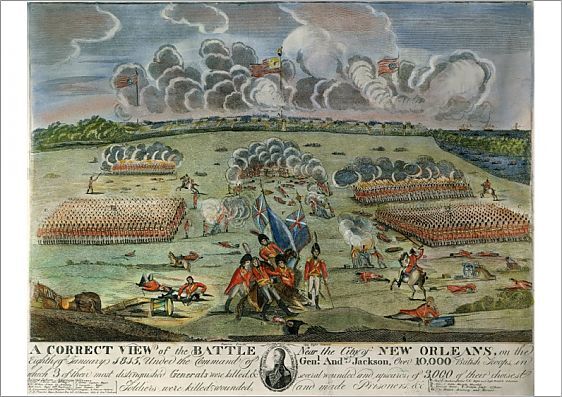History News
Remembering Britain's black soldiers.
The failure of the British army and successive British governments to acknowledge and commemorate the service of non-European troops during World War I has rightly been criticised in an official report. But the erasure of the service of non-Europeans goes much further back in British history.
Consider these two images from the Battle of New Orleans fought between British and United States forces in January 1815.


There is no inkling from these images that more than a thousand men of African descent fought on the British side as soldiers of the 1st and 5th West India Regiments. The British had created these regiments in 1795 and had purchased men directly from slaving ships to do so. After the British slave trade was abolished in 1808, the army recruited amongst those ‘liberated’ from the slave ships of other nations. Although mainly used in the West Indies, the War of 1812 was the first (and only) time men from the West India Regiments were used in North America. Men from the 6th West India Regiment took part in the Chesapeake campaign in 1814, and some were present at the burning of Washington in August that year.
The African men who fought at New Orleans paid a heavy price. 1302 soldiers set out from Jamaica for Louisiana in December 1814. By February only 1049 were left. Battlefield injuries accounted for some, but more were killed by exposure as the men, wearing only light tropical clothing, were left without adequate shelter to cope with unusually severe frosts and freezing rain.
The sacrifice of these black soldiers, in this campaign and many others, has been forgotten. The erasure of non-white combatants from British military history goes far beyond World War I and we should remember that without them the history of the British empire would have been very different.
Tim Lockley
